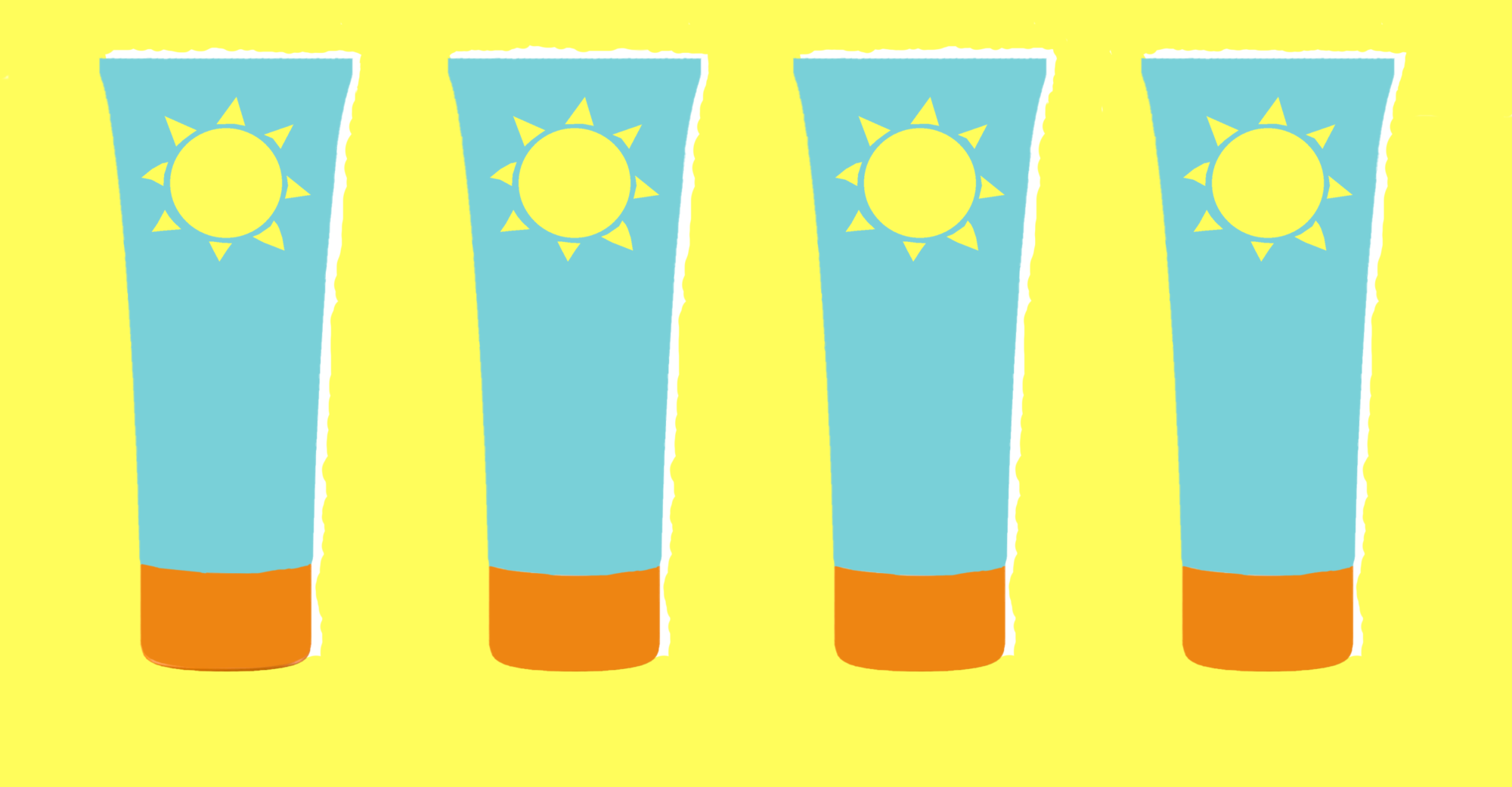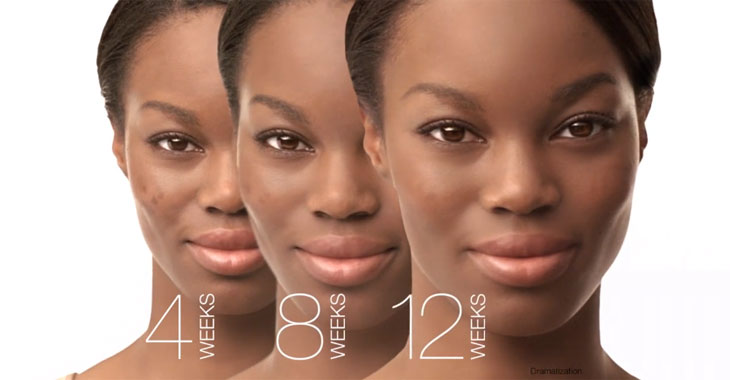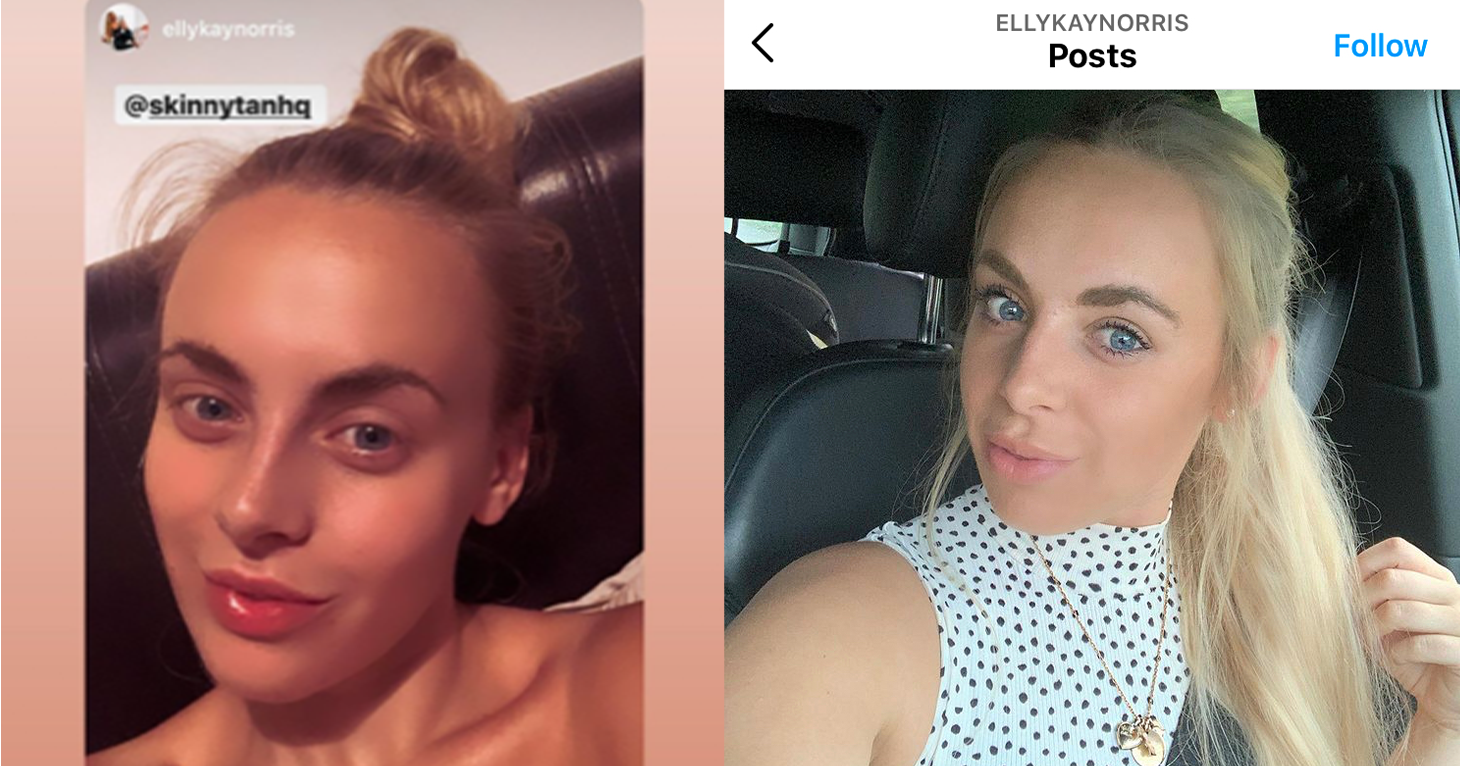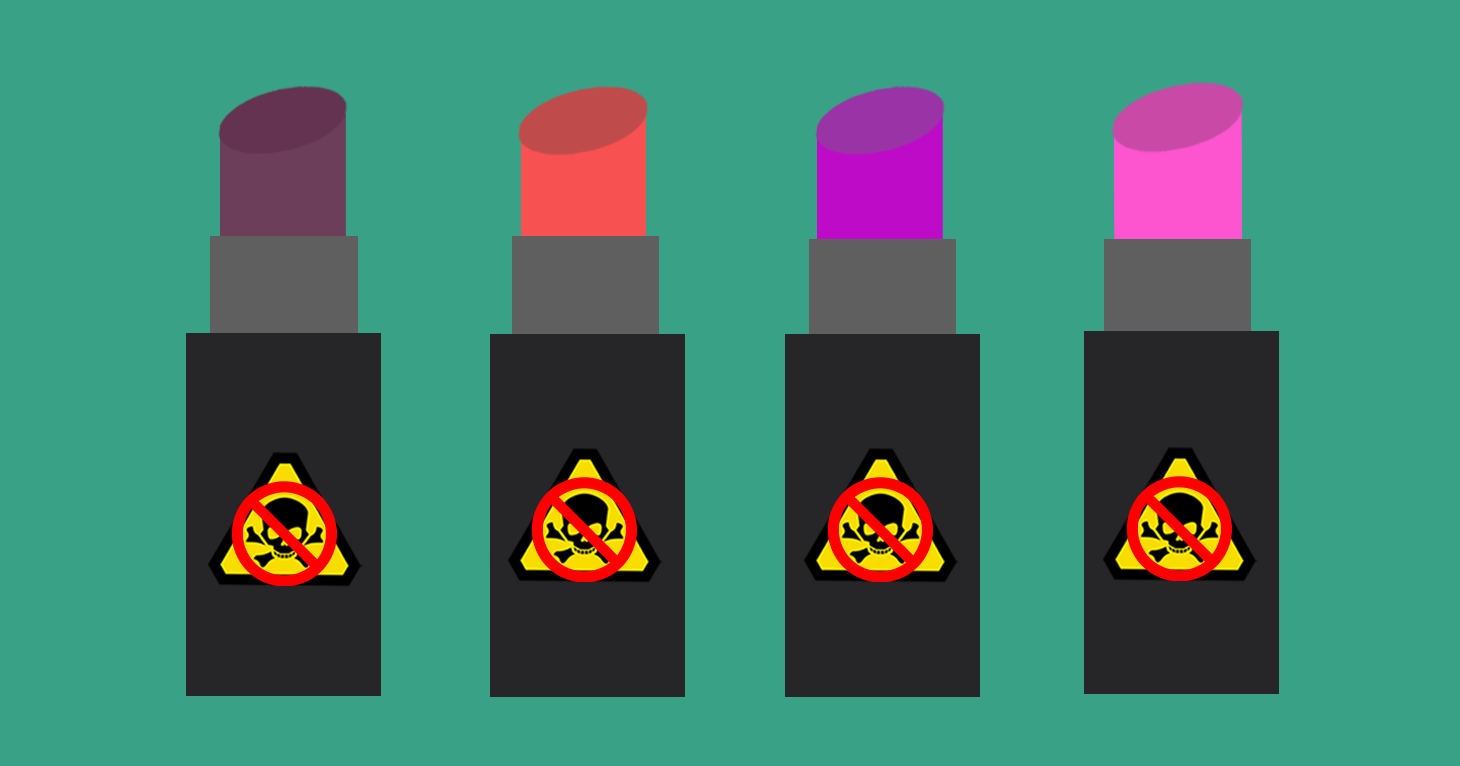
CATrends: Benzene in Sunscreen Products
Lawsuits allege labeling fails to disclose sunscreen products contain carcinogen.
Skin lightening creams — also called fade creams, brightening creams, skin-tone correctors, or bleaching creams — are designed to reduce skin discoloration or hyperpigmentation caused by sun exposure, age, disease, or acne. But do they work? And what are the side effects associated with the ingredients?
What do the ads say?
Advertisements and labels for skin lightening promise to “[erase] past damage,” “[fade] dark spots and discolorations,” and “lighten and brighten skin tone.”
Check out this advertisement for Clinique Even Better Clinical Dark Spot Corrector, which claims a 53% improvement in evening skin tone. (Pssst: “clinical” is one of those fluffy unregulated words like hypoallergenic that really don’t mean anything.)
Overseas, skin lighteners promise to whiten skin. Here, whitening creams are more often marketed as a solution to help “brighten” skin rather than “whiten,” but for better or worse, many people of color still use them to lighten their overall skin color.
What’s in them?
Other Possible Risks
While U.S. cosmetics are strictly regulated, there are many imported creams on the market that may contain harmful undisclosed ingredients, like mercury or steroids, or higher concentrations of active ingredients than are safe. It’s best to steer clear of these products entirely.
Bottom Line
The many treatments for hyperpigmentation appear to be about as effective as advertisements claim them to be, but all come with risks and should be used with care. The best advice, in the end, appears to be wear sunscreen.
Lawsuits allege labeling fails to disclose sunscreen products contain carcinogen.
Instagram stories used filters that ASA said misleadingly exaggerated results tanning products could achieve.
Without a strong legal definition for “non-toxic,” cosmetic companies are making it up as they go along.


